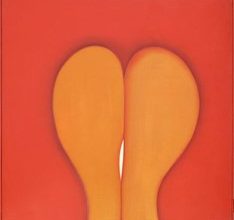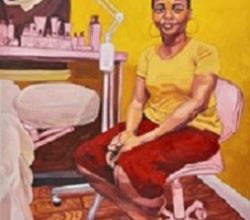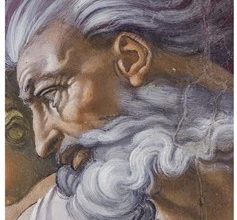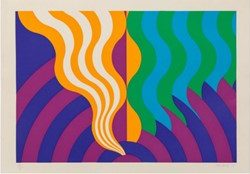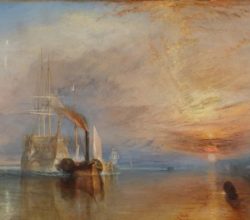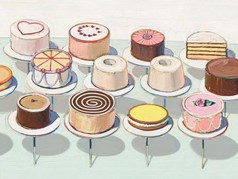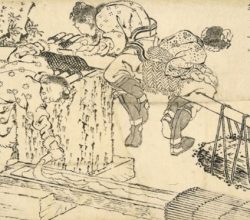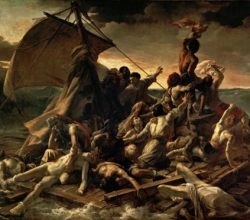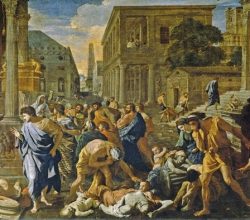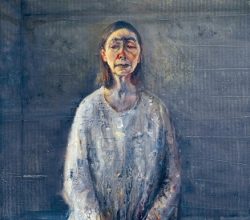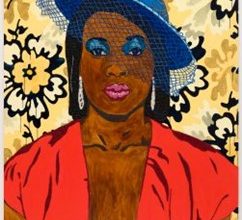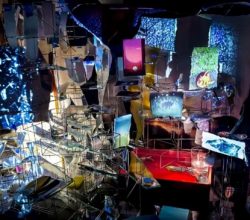
Reality check: Sarah Sze brings AR to Fondation Cartier
Nick Compton | Wallpaper | 21st October 2020
Sze’s work is interesting and important, it’s just difficult to put into words. A Paris show comprises two big installations, each a whirl of found objects, bits of paper, projected images. What is the implied scale – are we looking at an explosion, an implosion or “drilling into the sub-atomic?” That uncertainty, it seems, is what Sze wants, a borderland between “interior and exterior worlds.” As she observes “When we dream, there is no real sense of scale”.

